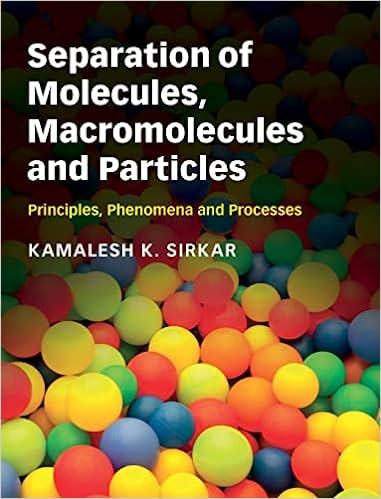Question
Question 2.1.2 In part 1, identify the physical property as extensive of intensive. In part 2, choose the appropriate answer for extensive properties and choose
Question 2.1.2\ In part 1, identify the physical property as extensive of intensive.\ In part 2, choose the appropriate answer for extensive properties and choose "does not apply" for intensive properties.\ \\\\table[[Physical Property,1. Extensive or Intensive,2. Con,ting an Extensive Propert,to an Intensive,],[mass,\\\\table[[Extensive],[Intensive]],can be converted to,\\\\table[[molar mass],[molar volume],[specific heat capacity],[does not apply]],with division by,\\\\table[[mass],[moles],[does not apply]]],[density,\\\\table[[Extensive],[Intensive]],can be converted to,\\\\table[[molar mass],[molar volume],[specific heat capacity],[does not apply]],with division by,\\\\table[[mass],[moles],[does not apply]]],[solubility,\\\\table[[Extemsive],[Intensive]],can be converted to,\\\\table[[molar mass],[molar volume],[specific heat capacity],[does not apply]],with division by,\\\\table[[mass],[moles],[does not apply]]]]\ Quit & Save

Step by Step Solution
There are 3 Steps involved in it
Step: 1

Get Instant Access to Expert-Tailored Solutions
See step-by-step solutions with expert insights and AI powered tools for academic success
Step: 2

Step: 3

Ace Your Homework with AI
Get the answers you need in no time with our AI-driven, step-by-step assistance
Get Started


